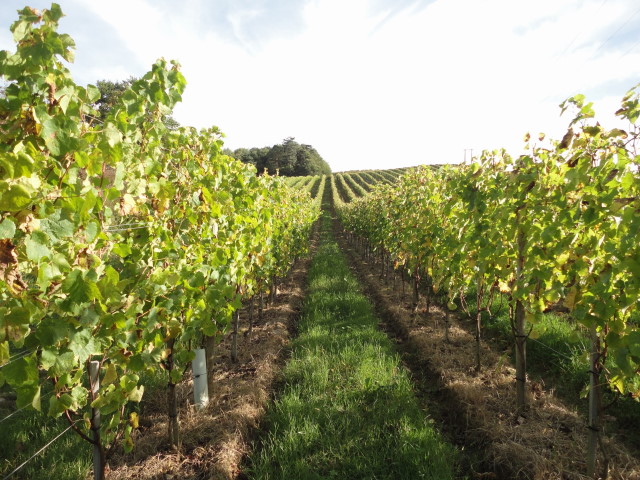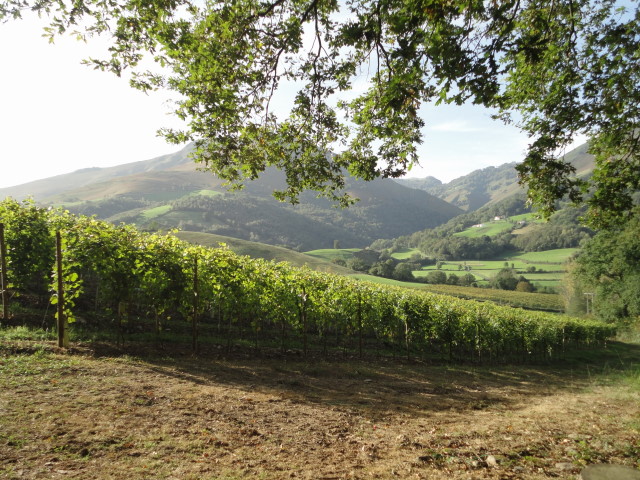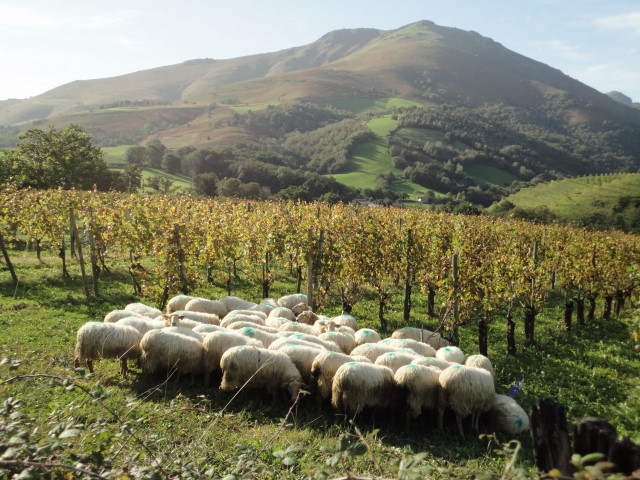
The tiny Basque town of Irouleguy and its red roofed church are perched in the foothills of the Atlantic Pyrenees almost within sight of the Bay of Biscay. The vineyards that make up the AOC encircle the town, lining the steeply sloping hills that climb away south towards Spain. Some are at elevations over 100o feet, making them some of the highest vines in the Pyrenees.
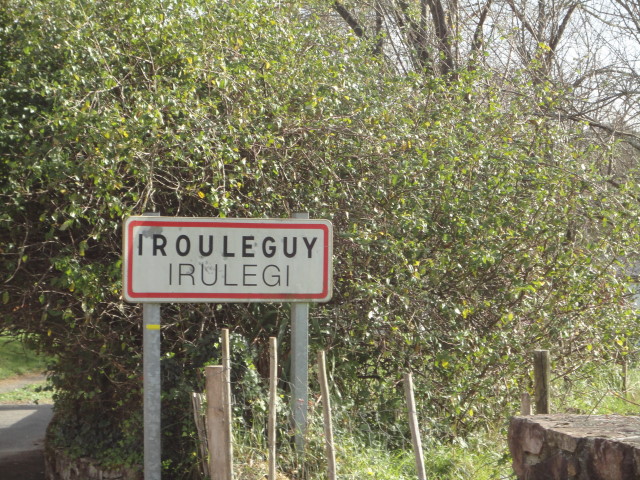
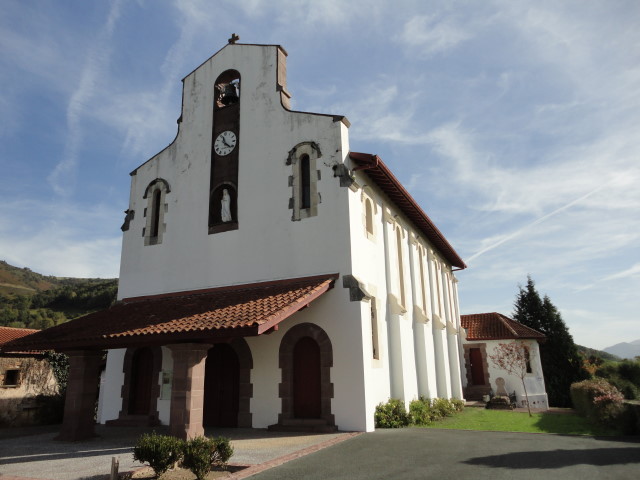
Taking advantage of a gorgeous October morning, Sheila and I recently hiked for several hours in and around the area, following a path that included winding country roads, forest paths, hidden trails through the hedgerows between fields and finally through the vineyards themselves.
Irouleguy is the principle wine of the French Basque countries (which, incidentally, makes ordering wine in a Basque restaurant pretty easy…just pick red, white or rose, its all Irouleguy). The grapes grown here include Tannat, Cabernet Franc, a certain amount of Cabernet Sauvignon, and Gros et Petit Manseng. However, with the grape harvest already past, it would have been hard for us to see any difference between the vines…they were all leggy, overtall and beginning to turn yellow as the October nights turned colder.
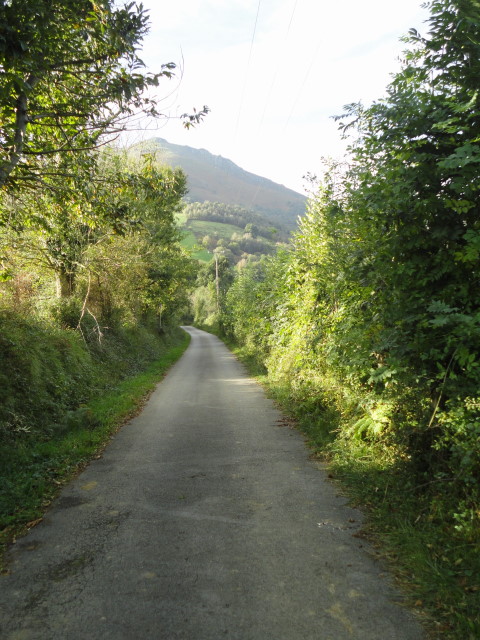
I found this particular hike in a book produced by the Department of the Pyrenees Atlantique. The advantage of these trails is that they have been laid out and marked by the Department, so that, even when they pass through private property, you don’t feel as if someone is about to run you off their land. Thus, we were able to actually walk through vineyards and farmlands that I would have hesitated to enter without the encouragement of the guide.
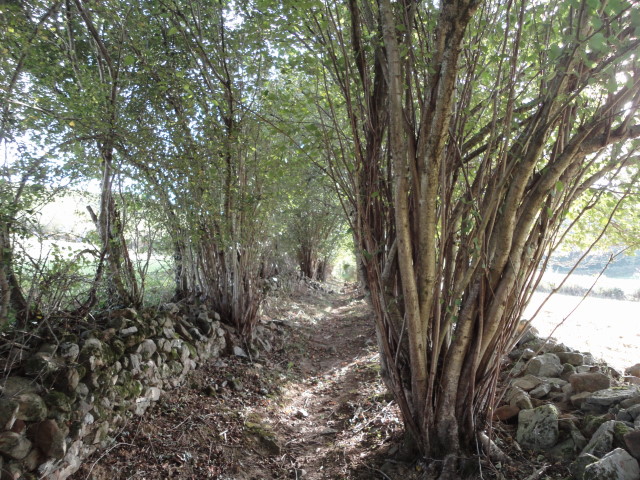
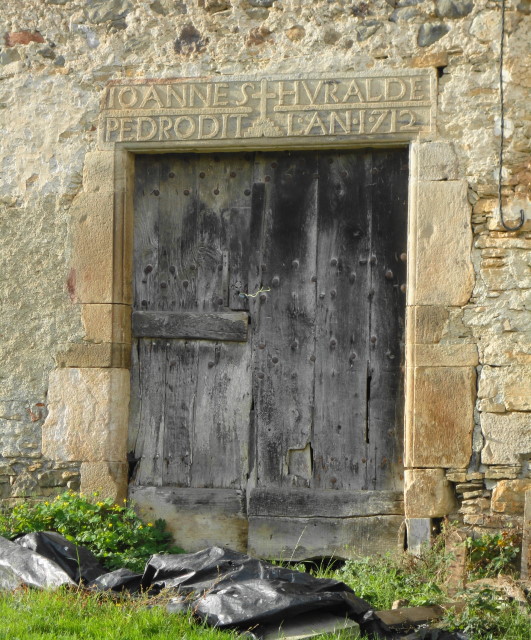
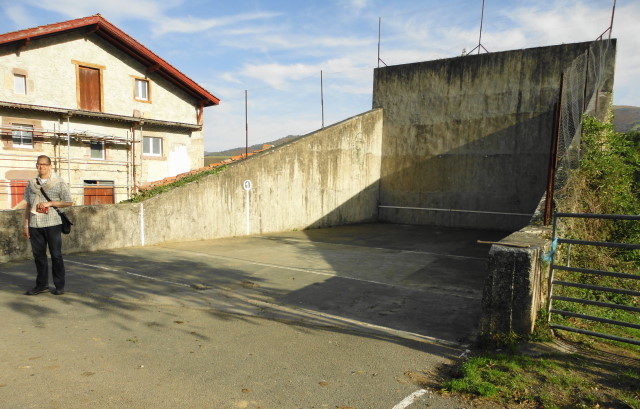
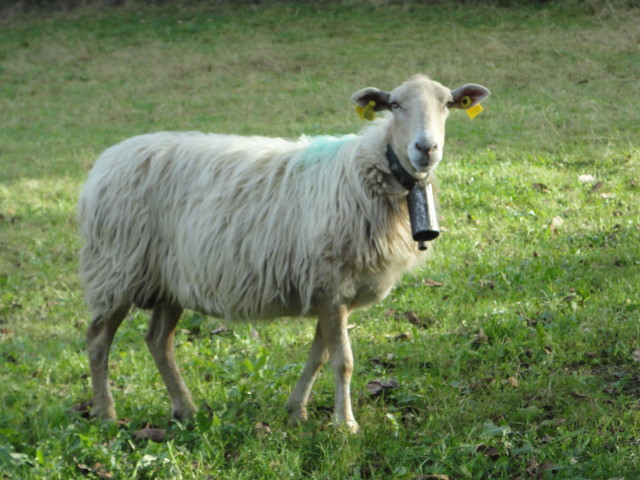
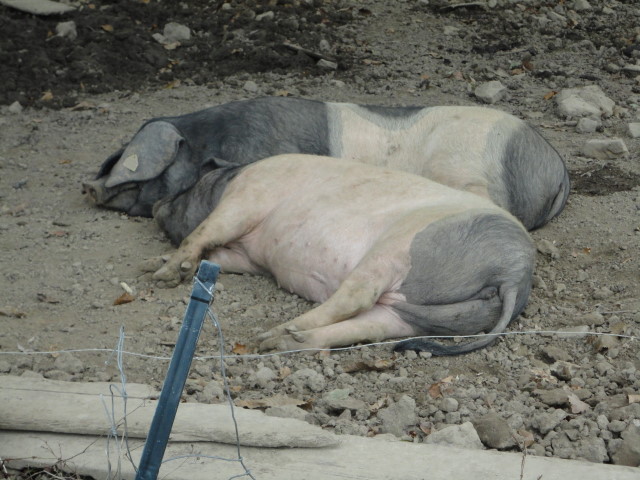
I have often tried to learn about a particular wine by reading a book. One would think that memorizing soil compositions, pouring over maps of the vineyards, and learning about the methods of vinification would give some insight into the final product in the bottle. But in my experience, all these details from a book don’t really stick in my head, mainly I guess, because I can’t really create a coherent picture of the place that produced this wine, can’t answer the question “why this wine from this place?”.
When, on the other hand, I have the chance to actually visit a wine region, to see the terrain and its exposure to the sun,to see the farms and the houses and to see how the local people live and work and eat, then the wine and its context makes sense and are with me forever.
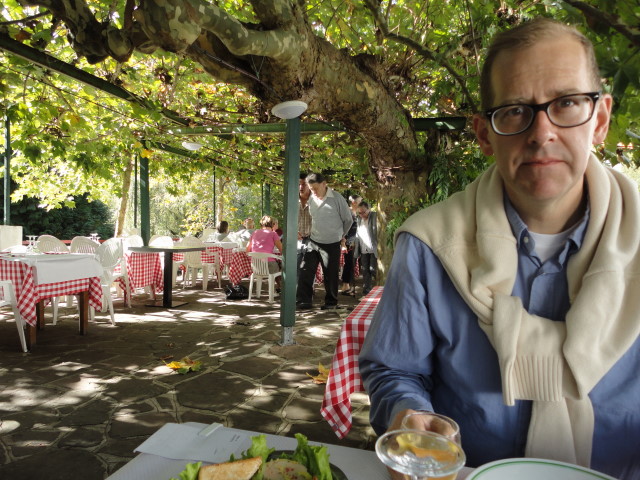
I have to admit that I am not a very hardcore hiker… a couple hours on the trail is plenty for me. And you can generally guess that, when picking a hike, there will always be an inn, auberge or restaurant near where it ends. In this case, it was Manexenea, a little auberge near the Basque town of Saint-Etienne de Baigorry. Within minutes of leaving the trial, we were having a plate of foie gras terrine and a glass of sweet wine from Jurancon. The October sun was plenty warm enough to enjoy the outdoor terrace overlooking the Nives des Aldudes river. Now that’s my idea of roughin’ it.
